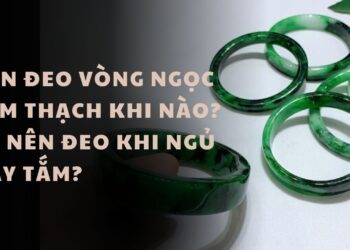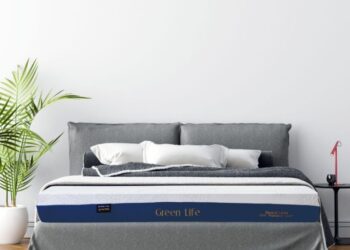If you’re planning a day out on the ski slopes, there is one non-negotiable gear item you absolutely must wear: ski goggles, Though they can look a bit goofy, the eye protection they provide is unparalleled. It’s hard to have a good, enjoyable day on the slopes without a pair.
Goggles also serve to enhance your vision on the slopes, compensating for variable lighting conditions. They protect your eyes from wind, snow and cold. Almost every pair on the market today includes 100% UV protection.
The many options can be confusing and overwhelming and may start to look identical after a while. But there are several important characteristics you need to know and understand when shopping for ski goggles. Hint: There’s a lot more to picking goggles than color matching.
For starters, you want to look at the lens tint options. Some lenses are made to be versatile and work in a wide variety of light conditions, from bright sunny days to cloud cover. However, specialized lenses for the typical conditions you’ll encounter on the mountain is the better way to go.
For sunnier days, you want to look for dark lens tints. These will shield your eyes from the brightest sunlight. On overcast days, look for the lighter tints. These will add contrast, so you can see terrain better in flat light. Mirrored lenses not only look cool, they reflect more dangerous UV rays away from your eyes.
Since you will likely have a full range of weather conditions throughout the winter and can’t guarantee a sunny or cloudy day when you head out on the slopes, you’ll need more than one lens. However, you can purchase one pair of goggles and several different interchangeable lenses. If your goggles don’t offer interchangeable lenses, you can usually pick from a wide array of colors for budget-friendly protection.
No matter what color lens you choose, it’s pretty safe to assume all goggles will incorporate UV protection of some form. It is vital for a day on the slopes. The UV intensity rises at higher altitudes, and the sun reflects up off the snow, magnifying the damage.
It’s not all function when it comes to picking goggles. There is some coordinating that contributes to a good pair of ski goggles. You want to ensure the frame of your goggles fits snuggly against your helmet. This will protect your forehead from the elements, cold, wind and ridicule from friends. Nobody wants to be a gaper. The frame size and shape also ensures they protect your face properly. There are women’s and children’s goggles made to fit smaller, slimmer faces without gaps which would allow wind and snow to get through.
Some goggles offer enough space to fit a pair of eyeglasses under the lens. Others are designed for eyeglass wearers and have extra padding that creates space and offers comfort for a full day.
The shape of the lens can also contribute to proper visibility. Spherical or rounded lenses are the best and slightly more expensive. They reduce distortion because they’re shaped more like the human eye’s field of vision. The other lens shape is flat, which can add a bit of distortion. The price and visibility of flat lenses are lower.
Another main concern of ski goggles is their tendency to fog up. It’s a natural effect when you pair cold conditions with vigorous exercise. Some goggles feature a dual-lens design, special coatings and smart ventilation to reduce fog and prevent condensation. You’ll even find goggles with a dual-pane thermal barrier. This prevents ice and snow from building up around the goggles.
The latest fog-fighting innovations include small battery-powered fans and heated lenses. Goggles with high-tech anti-fog features tend to be the most expensive. Still, when it comes to ski goggles, you can find a pair with excellent performance at a wallet-friendly price.







